FCL: Full Container Load
Introduction
The term “Full Container Load,” abbreviated as FCL, refers to a shipping method where one shipper owns all the items in a single shipping container. FCL is one of the most commonly used terms in the logistics and freight forwarding industry, distinct from LCL (Less-than Container Load), which consolidates goods from multiple shippers in one container. This article aims to provide a basic understanding of FCL, covering its advantages, disadvantages, and key considerations.
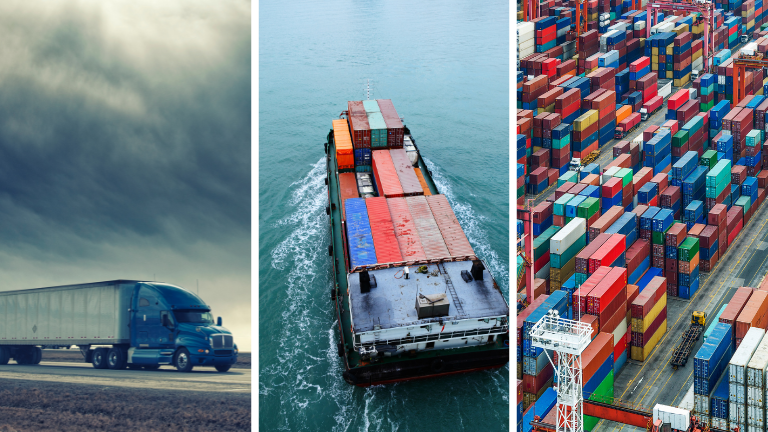
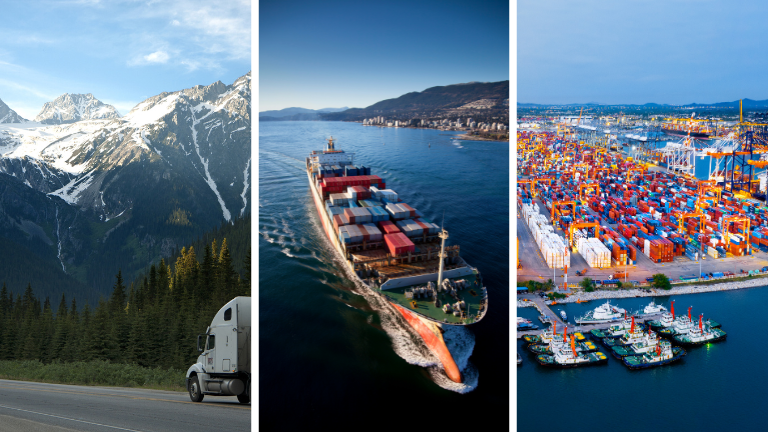
What Constitutes FCL?
Definition
FCL stands for Full Container Load, indicating that the entire container is utilized by a single consignor or consignee.
Capacity
The standard container sizes most often used in FCL are 20-foot and 40-foot containers. However, there are also “high cube” containers, which offer additional height.
Advantages of FCL
Economical for Large Shipments
When shipping a large volume of goods, FCL often turns out to be more cost-effective than LCL.
Lower Risk of Damage
Since the container holds goods from just one shipper, there’s a lower risk of damage through mishandling or contamination.
Faster Shipment Times
FCL shipments generally experience fewer delays because they are not subject to the consolidation and deconsolidation processes typical of LCL shipments.
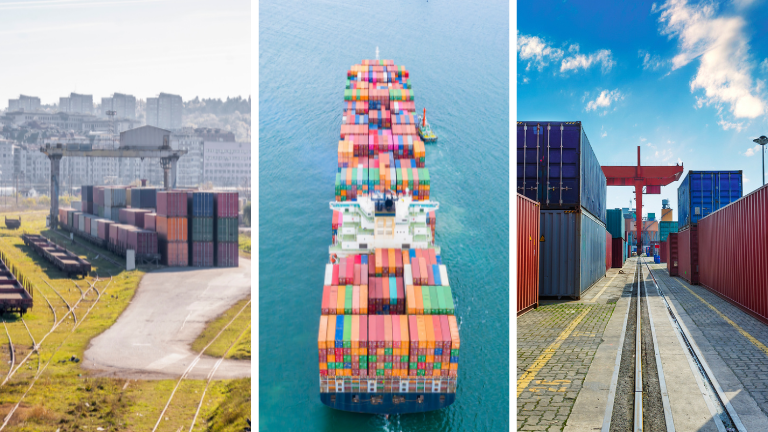
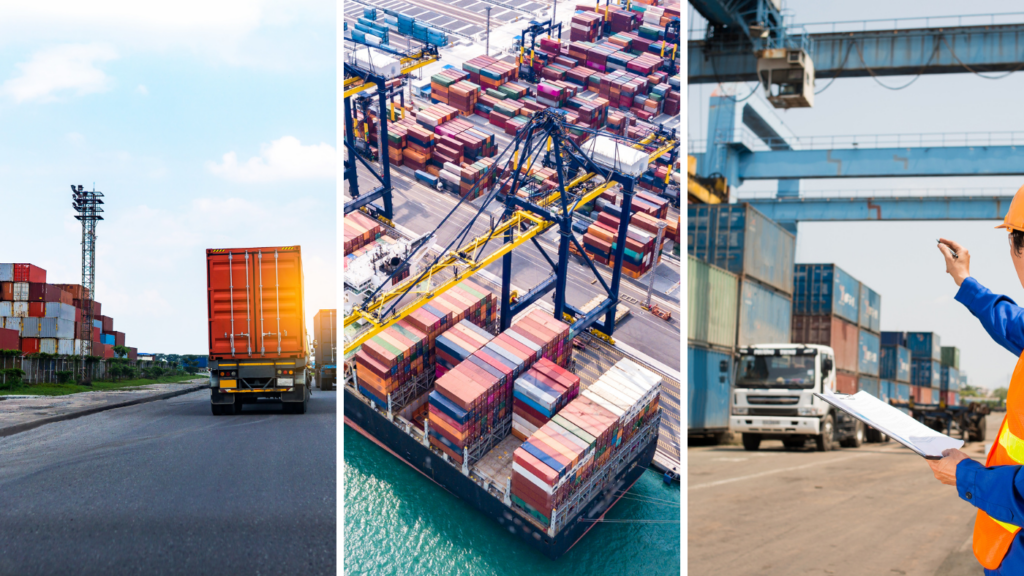
Disadvantages of FCL
High Costs for Small Shipments
For smaller shipment volumes, FCL can be more expensive than LCL due to the fixed cost of renting an entire container.
Requires More Coordination
Logistically, FCL demands comprehensive coordination between the shipper, freight forwarder, and carrier, making the process sometimes complex.
Key Factors When Considering FCL
Volume and Weight
It is important to calculate the volume and weight of your shipment to decide if FCL is economically viable.
Nature of Goods
For fragile or perishable items, FCL offers better control over the container environment.
Destination
The destination’s port infrastructure and capabilities can influence whether FCL is the most efficient option.
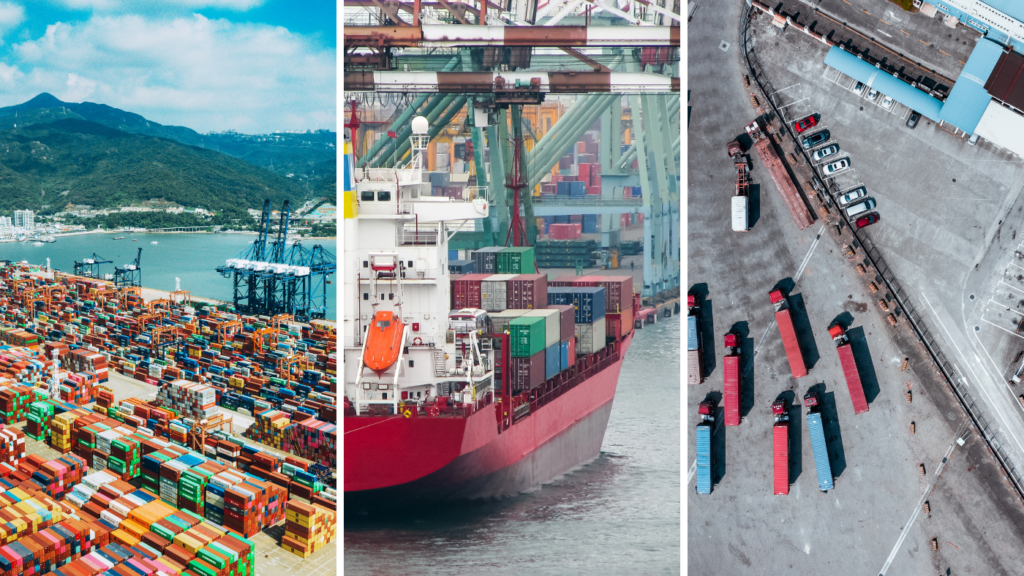

Steps to Book an FCL Shipment
Note: The below is a general guide; for specific steps, please talk to your freight forwarder or contact us by filling the form at the bottom of the page.
- Initial Consultation: Reach out to a freight forwarder such as Phoenix International to discuss shipping requirements.
- Quotation: Receive a quote for the FCL shipment.
- Documentation: Complete necessary shipping documents like the Bill of Lading.
- Loading: Goods are loaded into the container.
- Shipping: The container is transported to the destination port.
- Unloading and Delivery: Upon arrival, the container is unloaded and goods are delivered to the consignee.
Conclusion
FCL is an essential component of international shipping, suitable for large volume shipments and offering advantages like lower risks and faster shipping times. However, it’s crucial to weigh these benefits against the costs and logistics involved, especially for smaller shipments. Through proper planning and consultation with a trusted freight forwarder, FCL can be a highly effective shipping method.
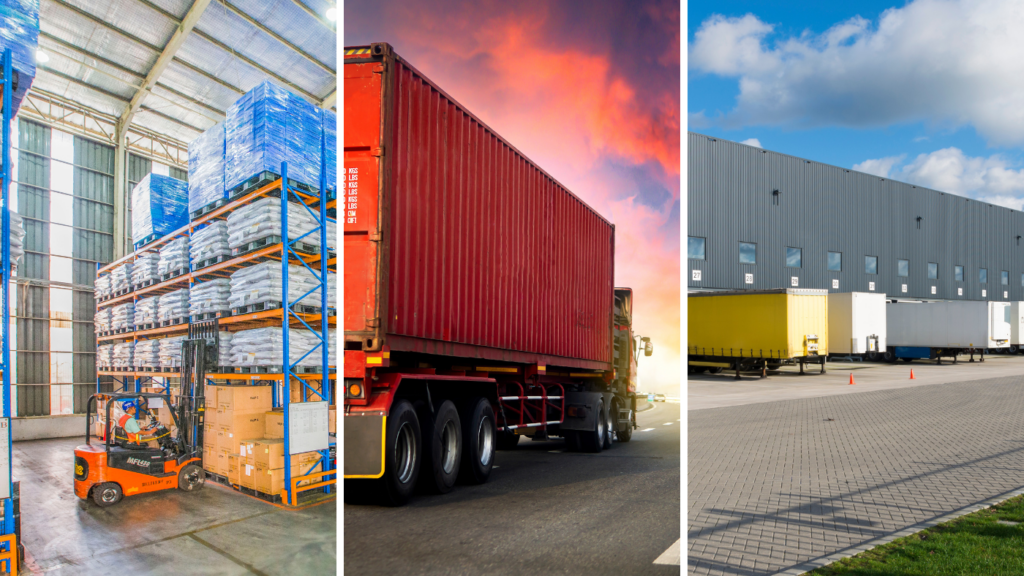
Contact Us
The world of logistics is complex and full of technical, financial, and business elements. The logistics experts at Phoenix International deliver top-quality freight forwarding service, supported by powerful technology and decades of experience. Contact us and let us know how we can help you!
